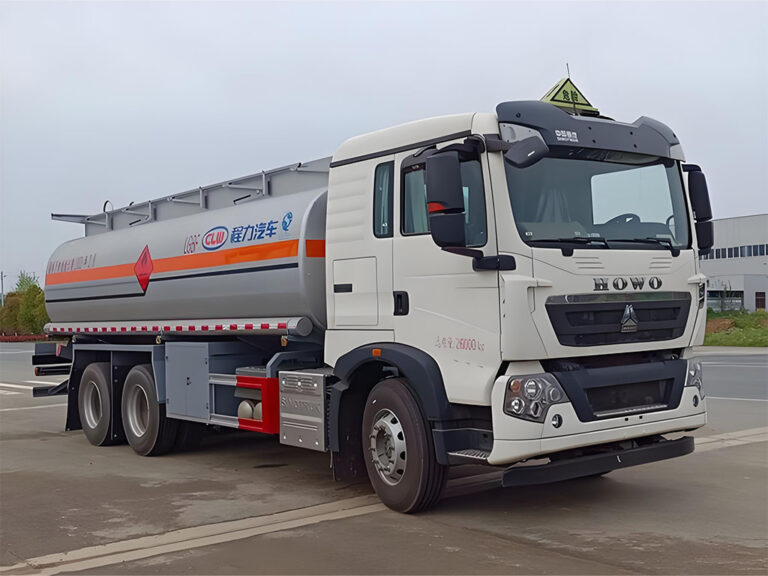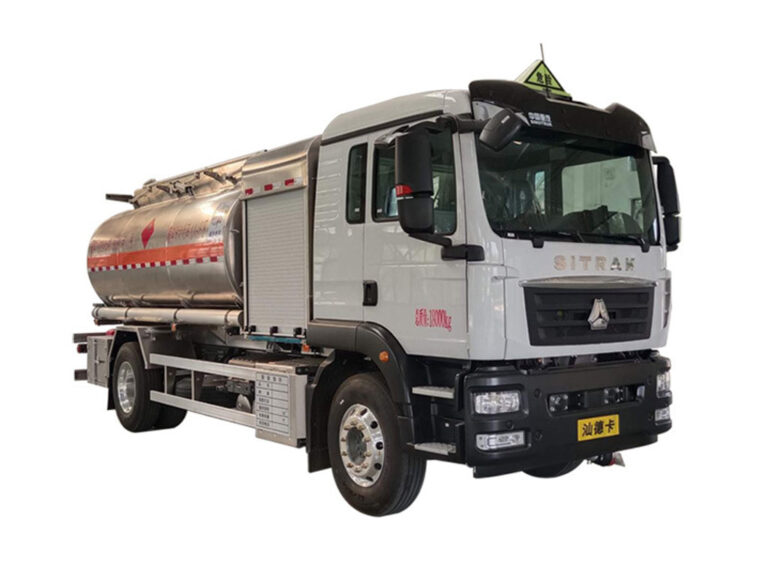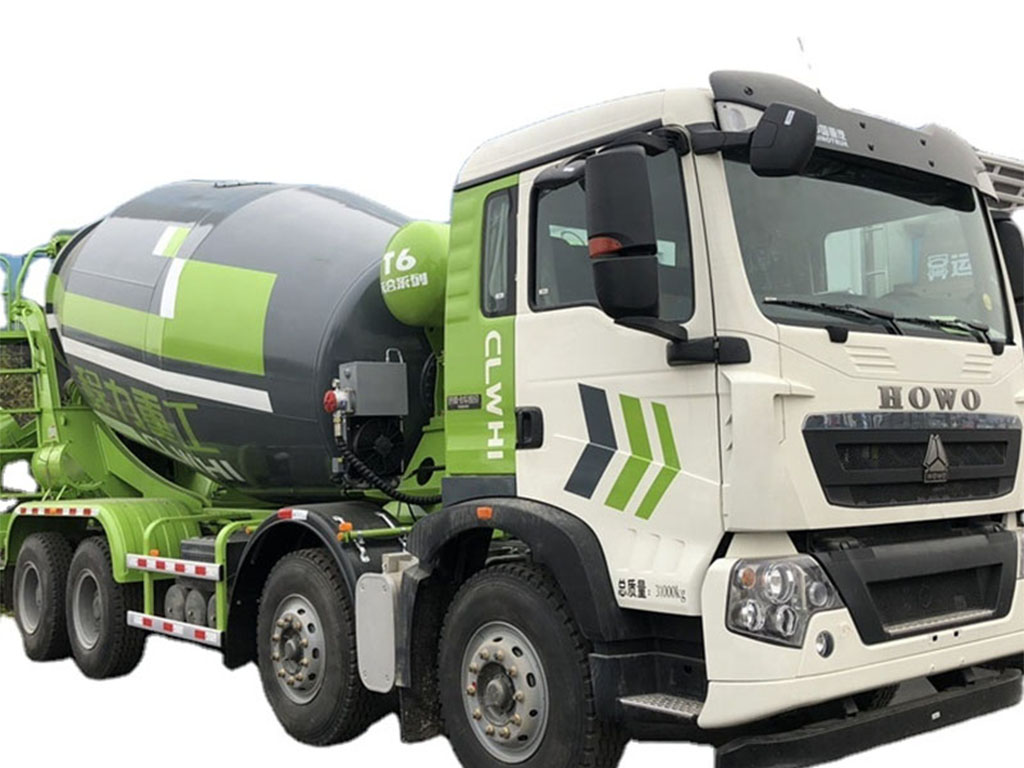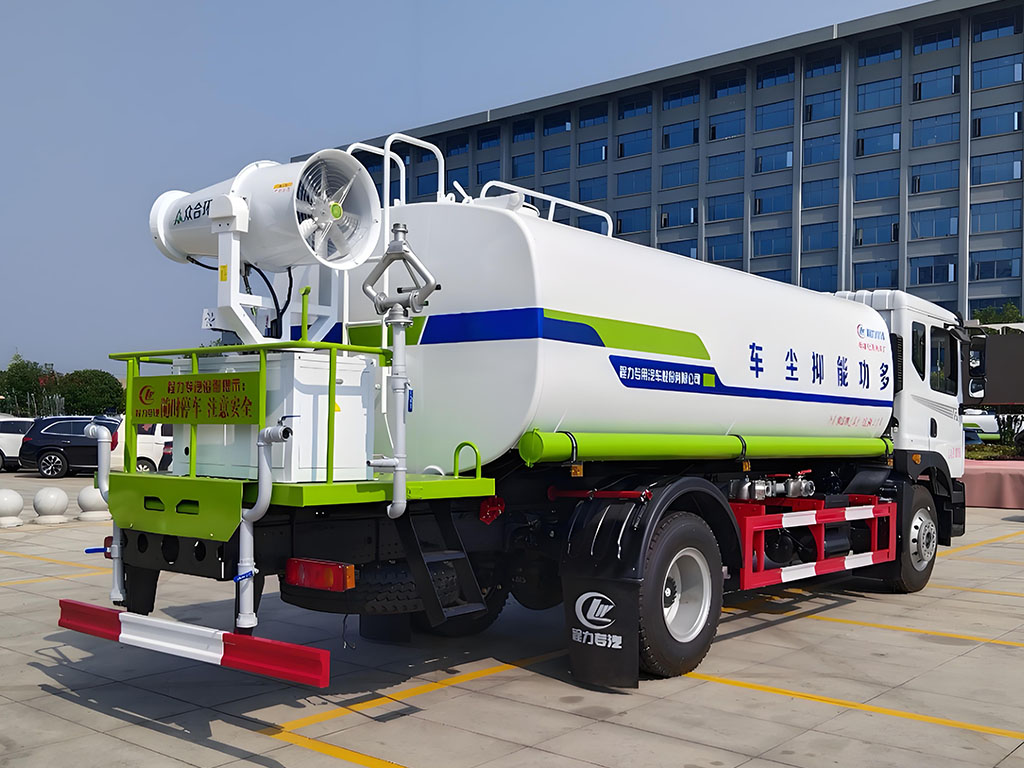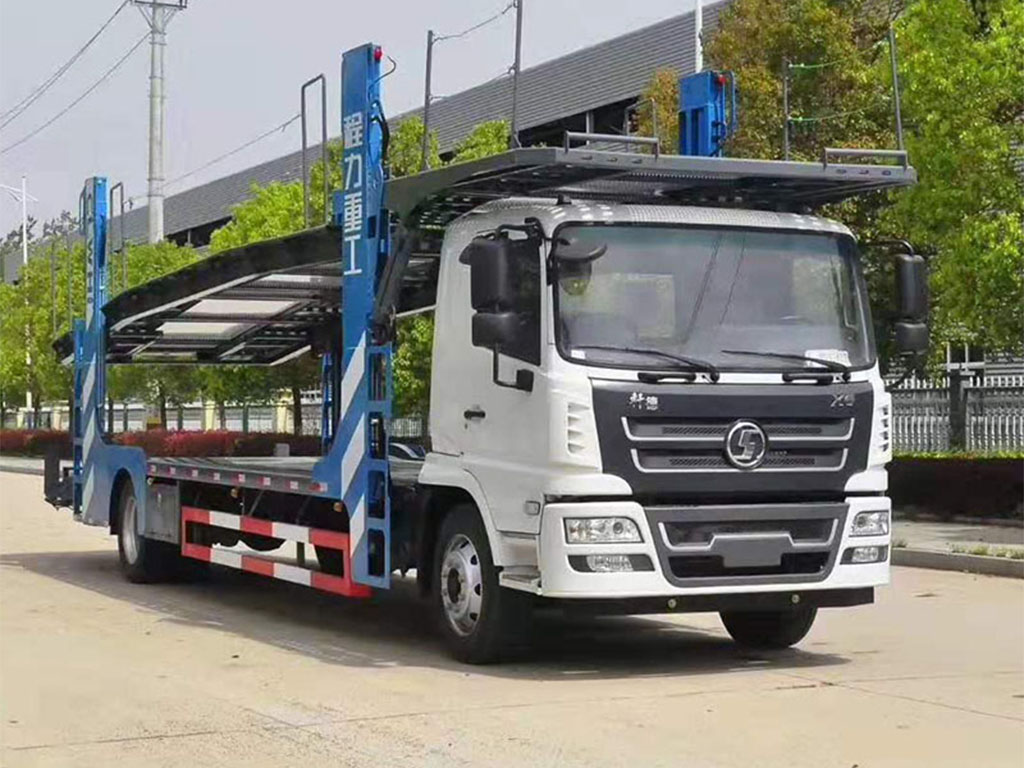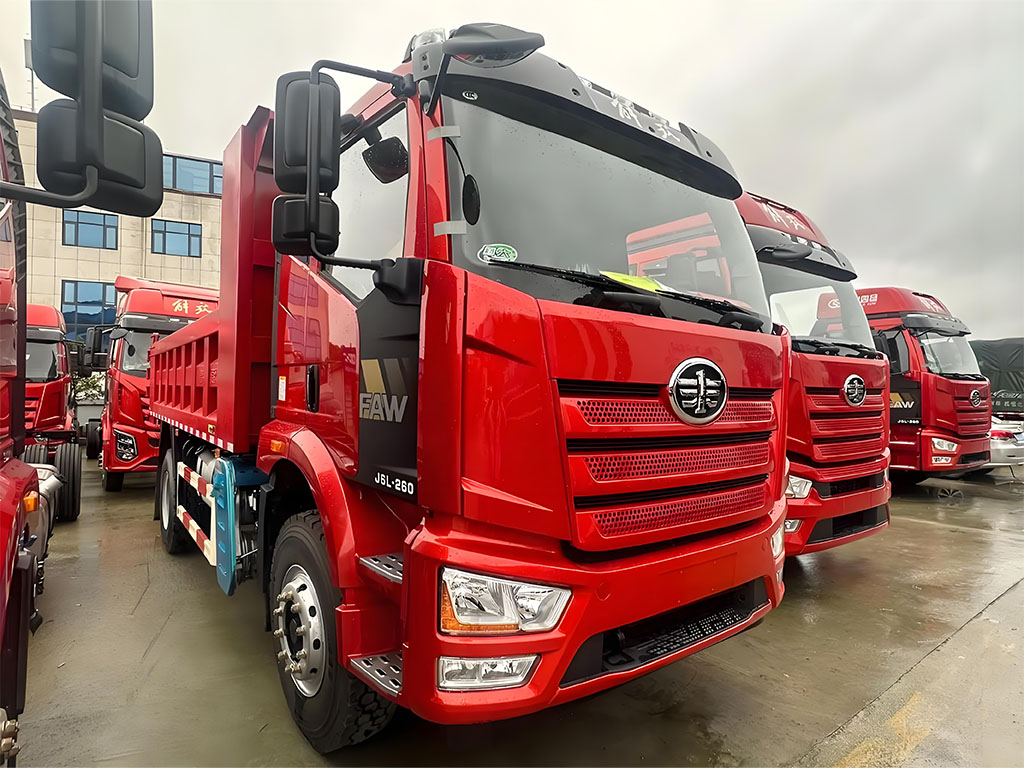-
Chengli Automobile Industry Park, Suizhou, Hubei, China
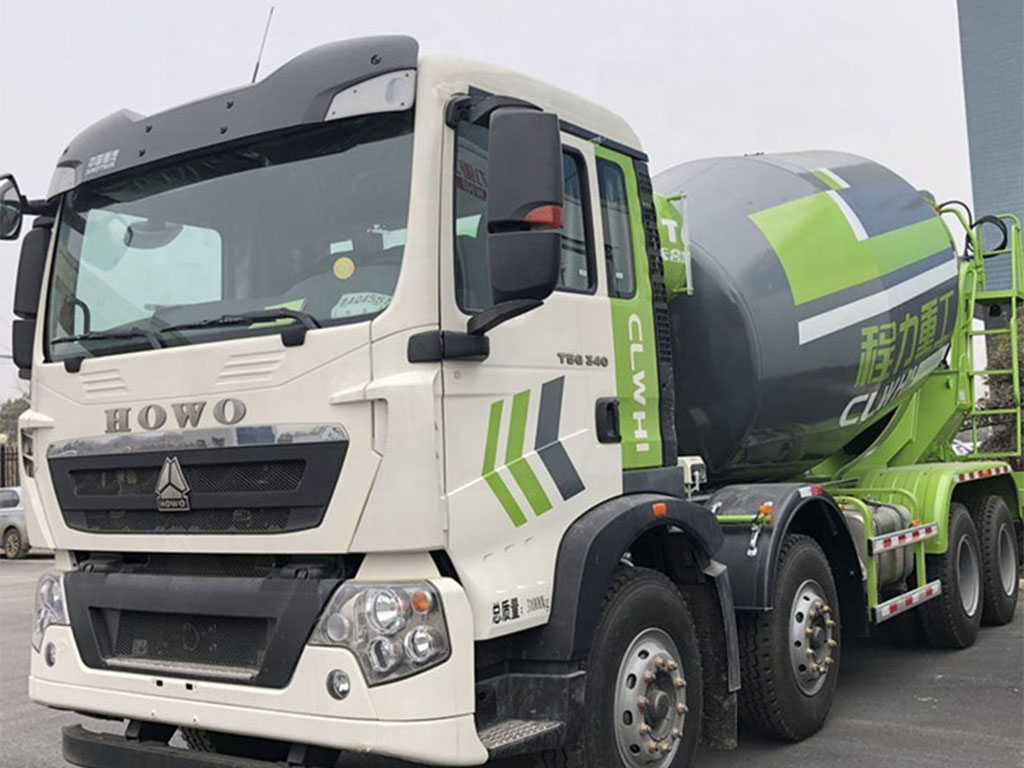
How to Operate a Concrete Mixer Truck: Easy Steps for Great Work
3.2Check Inside
Let’s Start—Why Choose a Concrete Mixer Truck?
Do you dream of building strong roads, homes, and more? You need a concrete mixer truck. It mixes concrete as you drive. With it, you get even, fresh, and strong concrete at the job site. At CLW GROUP, we make the best trucks. We help with custom builds, delivery, after-sales care, and advice.
Need a cement mixer truck? See our cement mix truck solutions. Want to see more? Visit our special trucks factory today!
Who Needs This Easy Guide?
- New drivers: Are you ready to be a master at mixing?
- Helpers and workers: Want safe steps for every day?
- Big project owners: Want the right truck for the job?
Let’s learn how to use a mixer truck. We make it fun and safe!
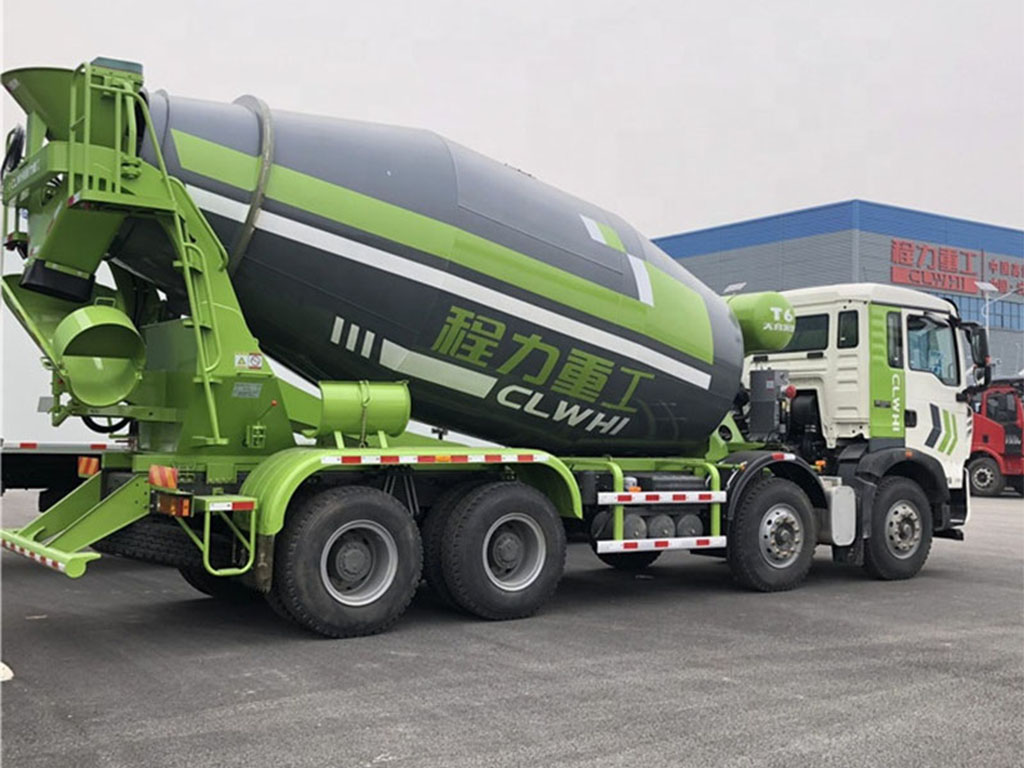
Step 1: Look at the Truck Before You Start
Before you jump in, check that the truck is safe. Safety first!
Check Outside
- Look at the tires and wheels. Are they strong?
- Check chutes and hoppers. They should be clean.
- Is the water tank full? Are the hoses tight?
- Touch the drum. It should look good.
- Be sure all lights and signals work.
Check Inside
- Try the brakes, horn, and steering.
- Are the mirrors and cameras clean?
- Learn about the controls and levers.
- See that you have a fire extinguisher and first aid kit.
Fluids and Fuel
- Look at the fuel level.
- Check hydraulic fluids, brake fluid, and water.
If anything looks bad, tell your boss right away!
Step 2: Ready, Set, Load! The Truck at the Batch Plant
You need to load the drum the right way.
- Talk to the batch plant operator.
- First add sand and gravel (aggregates).
- Then pour in cement, water, and any extra mix helpers (admixtures).
- Start the drum rotation. This mixes your concrete.
- If the mix looks dry, add just a little more water.
- Look at your job ticket. Make sure it matches your mix!
Fun Fact: Most trucks hold from 8 to 12 cubic yards of concrete!
Step 3: Drive the Truck Like a Pro
Safety matters! Driving a mixer truck feels different than a car.
- Start the engine. Turn on the PTO (Power Take-Off).
- The truck is heavy. It holds a lot of concrete!
- Go slow on tight turns. The drum is high and full.
- Use your mirrors. Watch the blind spots.
- Listen to your dispatcher with the radio.
Tip: Follow the road rules and never speed.
Step 4: Pour the Concrete at the Construction Site
It’s time to pour! Here’s how:
Get to the Right Spot
- Talk to site workers. Move slowly.
- Back up with a spotter or use a backup alarm.
Operate the Chute
- Pull out the chute.
- Put the chute where you want the concrete to go.
- Turn the drum to make the concrete move.
- Watch the discharge rate. Too fast? Slow the drum!
Keep It Smooth
- If it looks dry, use the water system.
- Move the chute to spread the concrete.
Hint: For walls, floors, or foundations, just change the chute angle.
Step 5: Clean and Care After the Job
Don’t walk away yet! If you leave concrete in the drum, it gets hard.
Clean the Drum
- Add water, turn the drum, and wash it out.
- Never dump dirty water where it can harm the land.
Clean Chutes and Hopper
- Rinse with water.
- Scrub any stuck concrete.
Check the Truck
- Wash the outside too.
- Look for damage or leaks.
Daily care makes your truck last much longer!
Step 6: Always Be Safe—Follow the Rules
- Wear PPE: hard hat, vest, gloves, and boots.
- Don’t work if you feel sleepy or sick.
- Don’t load more than the truck’s limit.
- Know what to do if you spill or break down—call for help!
Read more about safe, clean water trucks at water tank truck solutions.
Quick Facts and Figures Table
| Topic | What You Should Know |
|---|---|
| Capacity | Trucks hold 8-12 cubic yards. |
| Value | One truck could cost $200,000–$400,000+. |
| Accidents | Most happen because of big turns or people not watching. |
| Clean Up | Clean the drum and chute after every job or the mix gets stuck! |
| Common Uses | Roads, buildings, bridges—wherever you need concrete. |
| Role of Water | Helps get the right mix and keeps the truck clean. |
Operating a Concrete Mixer Truck: Key Insights
A visual guide to understanding the crucial aspects of concrete mixer truck operation, from safety and efficiency to industry impact and operational data.
Safety & Operational Essentials
Pre-Operation Checks
Crucial for preventing accidents and ensuring readiness. Includes tires, lights, fluid levels, and safety gear.
Maneuverability & Blind Spots
High center of gravity and large size demand careful, slow maneuvers and awareness of blind spots to prevent rollovers and struck-by incidents.
Immediate Drum Cleaning
Essential post-pour. Prevents concrete hardening, which reduces capacity and leads to costly and time-consuming removal.
Concrete Slump Adjustment
Concrete consistency can change in transit. Operators may need to add water (within limits) on-site based on mix specifications.
Key Industry Metrics
Need a Strong, Safe Truck? CLW GROUP Has Your Back!
We know you want a safe, strong, and easy-to-use concrete mixer truck. At CLW GROUP, our concrete mixer trucks are made just for you. We handle custom orders, fast delivery, smart after-sales service, and always help you with any questions.
- Get a truck that fits your job.
- Get help any time—before, during, or after your buy.
- Stay on time with easy, ready-mix jobs.
- Work safe, make money, and build big things!
See the latest cement mixer truck options or check our semi tow truck line for other work needs.
Main Points to Remember
- Do a checkup before you drive.
- Load the right way, follow your ticket.
- Drive safe. Use mirrors, follow rules.
- Pour carefully using the chute.
- Clean the truck right away.
- Wear your safety gear.
To see all the special work trucks we make, go to special trucks for every job.
References
- OSHA (Occupational Safety and Health Administration), Construction Safety Guidelines
- CLW GROUP—Company Technical Advice and Support
- Industry Reports—Key data on concrete mixer truck use and care.
Ready to build big dreams? Start with the best mixer trucks, training, and care from CLW GROUP!




